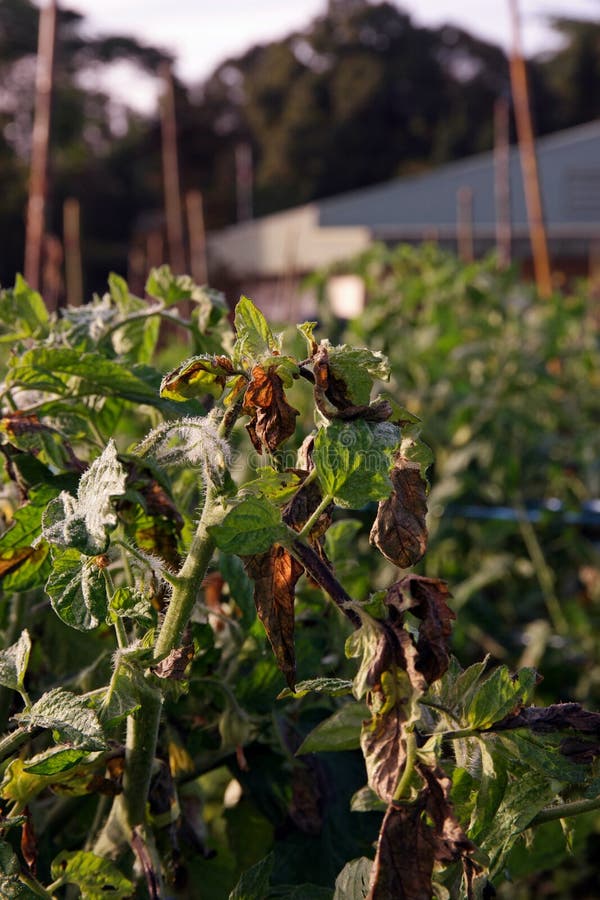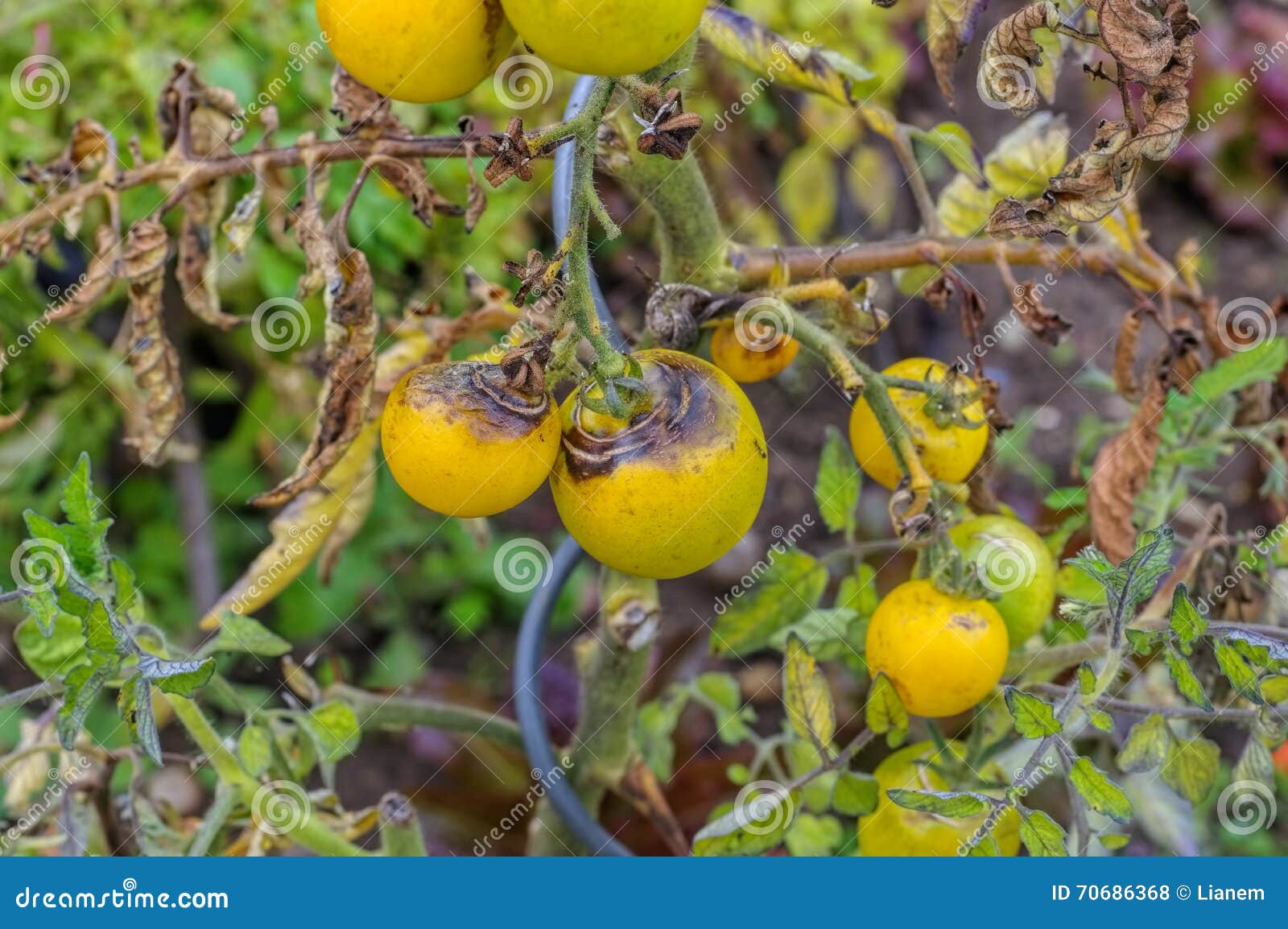
Meg conducting her PhD thesis research on stem rust of wheat at the Pennsylvania State University before she came to LIHREC.

L to R: Research assistant Claire Bush, Meg McGrath and Technician Collin Downing Collin Downing and Meg McGrath inspecting plots in downy mildew resistant basil variety evaluation on 15 September 2022. It is also a serious disease of capsicums, chillies, eggplants, pepinos, tamarillos and tomatoes (Figure 1). McGrath Technician Collin Downing measuring mustard biofumigant cover crop height just before incorporation. Photograph taken by Andy Senesac, Weed Scientist with Cornell Cooperative Extension-Suffolk County. Photo taken 3 June 2022 when Wayne was incorporating mustard biofumigant cover crop to manage Phytophthora blight in a research field at LIHREC where our powdery mildew experiments were to be conducted. McGrath Lab technician Collin Downing Wayne Lindsay, LIHREC Farm Supervisor. In 1950, his research on vegetable diseases and tomato blight at WVU led him on a 13-year journey that culminated with the West Virginia ’63, also dubbed the people’s tomato, released in 1963 and rereleased in 2013 to help commemorate West. Aerial view of vegetable pathology research plots at the Long Island Horticultural Research and Extension Center. For more than half his life, Mannon Gallegly, West Virginia University professor emeritus of plant pathology, has been perfecting the tomato. Research assistants with the McGrath program helping with experiments on basil downy mildew, ozone injury to beans, and tomato late blight at the Long Island Horticultural Research and Extension Center. Learn more about the Long Island Horticultural Research & Extension Center. Organic – Info on managing diseases for organic growers.Extension & Outreach – Projects, extension articles, meeting proceedings, presentation files, and more.Research– Annual program summaries and project reports, current applied research projects, research summarized by topic, publications, presentation files, and more.Photo gallery – Images of and information about diseases and disorders on vegetable, herbs and strawberries.About – Research and Extension program descriptions, contact info.Phytophthora infestans Solanum lycopersicum late blight resistance breeding tomato. The combination of major genes and minor QTL may provide a durable resistance to late blight in tomato. Source of resistance to Ph-2, Ph-3, and this minor QTL traces back to line 元707, or Richter's Wild Tomato.

This minor QTL may be novel and may be worth investigating further. Furthermore, there was a minor QTL on chromosomes 12, which has not been reported before. The major QTLs are probably caused by the Ph-2 and Ph-3 genes.

There were two major QTL associated with late blight resistance located on chromosomes 9 and 10 with likelihood of odd (LOD) scores of more than 42 and 6, explaining 67% and 14% of the total phenotypic variation, respectively. These were conducted at Mountain Horticultural Crops Reseach & Extension Center (MHCREC) at Mills River, NC, and Mountain Research Staion (MRS) at Waynesville, NC in 2011, 2014, and 2015. 7775, consisting of 250 individuals at F2 and F2-derived families, were evaluated in replicated trials. To achieve this objective, a population, derived from the crossings of NC 1CELBR × Fla. The objective of the present study was to map the genes and QTL associated with late blight resistance in a tomato population derived from intra-specific crosses. Precise molecular mapping of all those major genes and potential QTL is important in the development of suitable molecular markers and hence, marker-assisted selection (MAS). In addition to these three genes, it is also believed that there are additional factors or quantitative trait loci (QTL) conferring resistance to late blight. There are three known major genes, Ph-1, Ph-2, and Ph-3, conferring resistance to late blight. Late blight caused by Phytophthora infestans (Montagne, Bary) is a devastating disease of tomato worldwide.


 0 kommentar(er)
0 kommentar(er)
